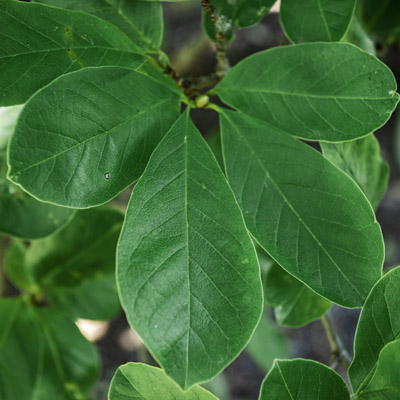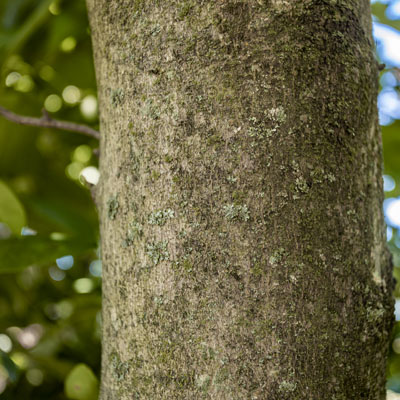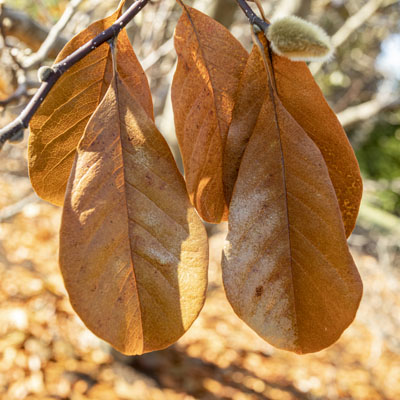Tree Catalog - Best Trees For Dayton, Ohio
Welcome to the Arbor Experts Tree Catalog, where you'll find photos and complete descriptions of the trees we most highly recommend for the Dayton, OH area. All of these trees will do well here and would be a beautiful addition to your yard.
Dr. Merrill Magnolia
Magnolia loebneri 'Merrill'





If you break down its full scientific name, you'll see that this tree is named after three different people. "Magnolia" is named after Pierre Magnol, a French botanist who died in 1715. "Loebneri" honors Max Loebner, a German horticulturist, who made the first hybrid of this type in the 1900s. And "Merrill" comes from the name of the director of the arboretum where this specific cultivar was developed, Dr. Elmer Drew Merrill.
Magnolias are admired for their fragrant and unique blooms, and ‘Dr. Merrill’ is among the loveliest. First grown in Boston in the 1940’s, this cultivar has many of the qualities desired in a magnolia, including:
- Fast growth in zones 5-9
- Large white, pink-tinged blooms that can be over 3 inches across
- Heavy, early spring flowering in March or April
- Fragrant, multi-petal, star-shaped flowers
- Bronze fall leaf color
- Interesting seed pods
- Overall vigor
- Good winter hardiness
- Generally deer proof
Uses
Dr. Merrill Magnolia is grown as a single-trunked tree or, more often, as a multi-trunk tree that highlights its spring bloom and smooth bark. You can use it as an accent tree, or in a woodland garden setting where its low, spreading branches grow about 5’ above the surface of the soil.
It reaches 30’ at maturity, with a rounded form, and can be planted beneath power lines.
Growing Tips
While ‘Merrill’ is known for its winter hardiness, for best results it should be planted in a protected location in part shade or full sun.
Rich, acidic and well-drained soil is important, as magnolias do not tolerate wet or flooded soil.
Likewise, soil should be kept moist during hot weather, as these trees are not adapted to drought or any soil extremes. Don’t plant your magnolia in an area where it will be subjected to drying winds or damage from spring frosts.
Add mulch around the base of the tree to improve the soil, keep soil temperatures constant, and hold water in the soil. A 3” thick layer of organic material is best, with the mulch ending before it comes in contact with the tree’s trunk.
Magnolias do not take salt or compacted soil, so this tree is not recommended for urban or street use where road salt and plowed snow piles are common.
Things to Look Out For
The ‘Merrill’ magnolia does not have any serious pest problems, although magnolia scale insects can attack trees. Infestations will not significantly threaten a healthy tree, and the scale insects can be controlled through dormant oil spraying in fall, after leaf drop, and in early spring before flowering. Pesticide spraying is also effective but should be done by a professional.
Pruning should be done carefully to avoid tearing the magnolia’s thin bark. Remove suckering branches and branches that are crossing or rubbing against other branches. The best time for pruning is very late winter or early spring, before sap starts running and flowers emerge. Some light pruning may be done after flowering when leaves have fully grown.
